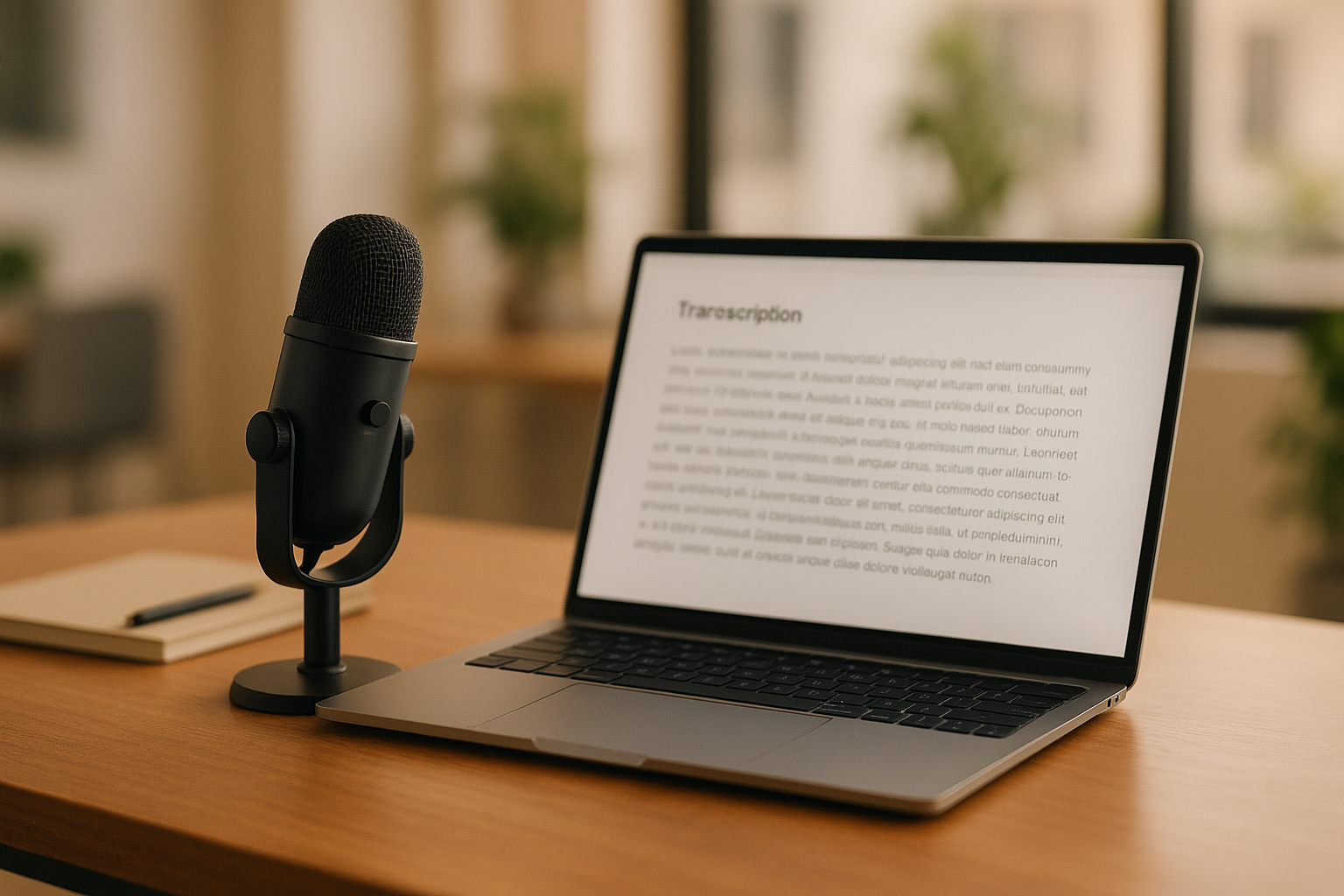What is Speech-to-Text and How Does It Work?
In today’s world, voice technology is everywhere — from virtual assistants to video dubbing tools. One of the key innovations behind this progress is Speech-to-Text. But what exactly is it, how does it work, and where is it used? Let’s explore.
What Is Speech-to-Text?
Speech-to-Text (STT) is a technology that converts spoken language into written text. It’s also called speech recognition or automatic speech recognition (ASR).
Simply put, STT listens to what you say, understands it, and writes it down. You can find it in many everyday tools — from smartphone voice assistants and customer support bots to video captioning and AI dubbing platforms like DubSmart.
How Does Speech-to-Text Work?
At its core, Speech-to-Text combines machine learning, linguistics, and acoustic modeling. Here’s a simplified breakdown of the process:
- Audio Input – The system receives your speech through a microphone or audio file.
- Signal Processing – The sound waves are cleaned, filtered, and divided into small segments.
- Feature Extraction – Each segment is analyzed to identify phonemes (the smallest units of sound).
- Language Modeling – Using large language datasets, the system predicts the most likely words and sentences.
- Text Output – Finally, the recognized speech is displayed as readable text.
Modern STT systems use deep neural networks (DNNs) and transformer models, allowing them to achieve remarkable accuracy even with different accents or noisy environments.
Where Is Speech-to-Text Used?
Speech-to-Text applications are transforming many industries:
- Content creation – Convert podcasts, interviews, or videos into readable text.
- Accessibility – Help people with hearing impairments by providing real-time captions.
- Customer service – Analyze and transcribe call center conversations automatically.
- Video localization – Create subtitles or prepare voiceover scripts for dubbing.
- Productivity tools – Use voice typing in Google Docs, Microsoft Word, or DubSmart’s AI tools.
Accuracy of Speech-to-Text
The accuracy of Speech-to-Text depends on several factors:
- Audio quality and background noise
- Speaker’s accent and pronunciation
- Vocabulary and domain (technical terms are harder)
- Quality of the ASR model and training data
Modern solutions, including DubSmart’s Speech-to-Text engine, achieve accuracy levels above 95% with clear audio. AI models also continue learning and adapting, which means accuracy improves over time.
Conclusion
Speech-to-Text technology is reshaping how we interact with devices and content. It bridges the gap between human speech and digital understanding — powering everything from accessibility tools to AI dubbing.
